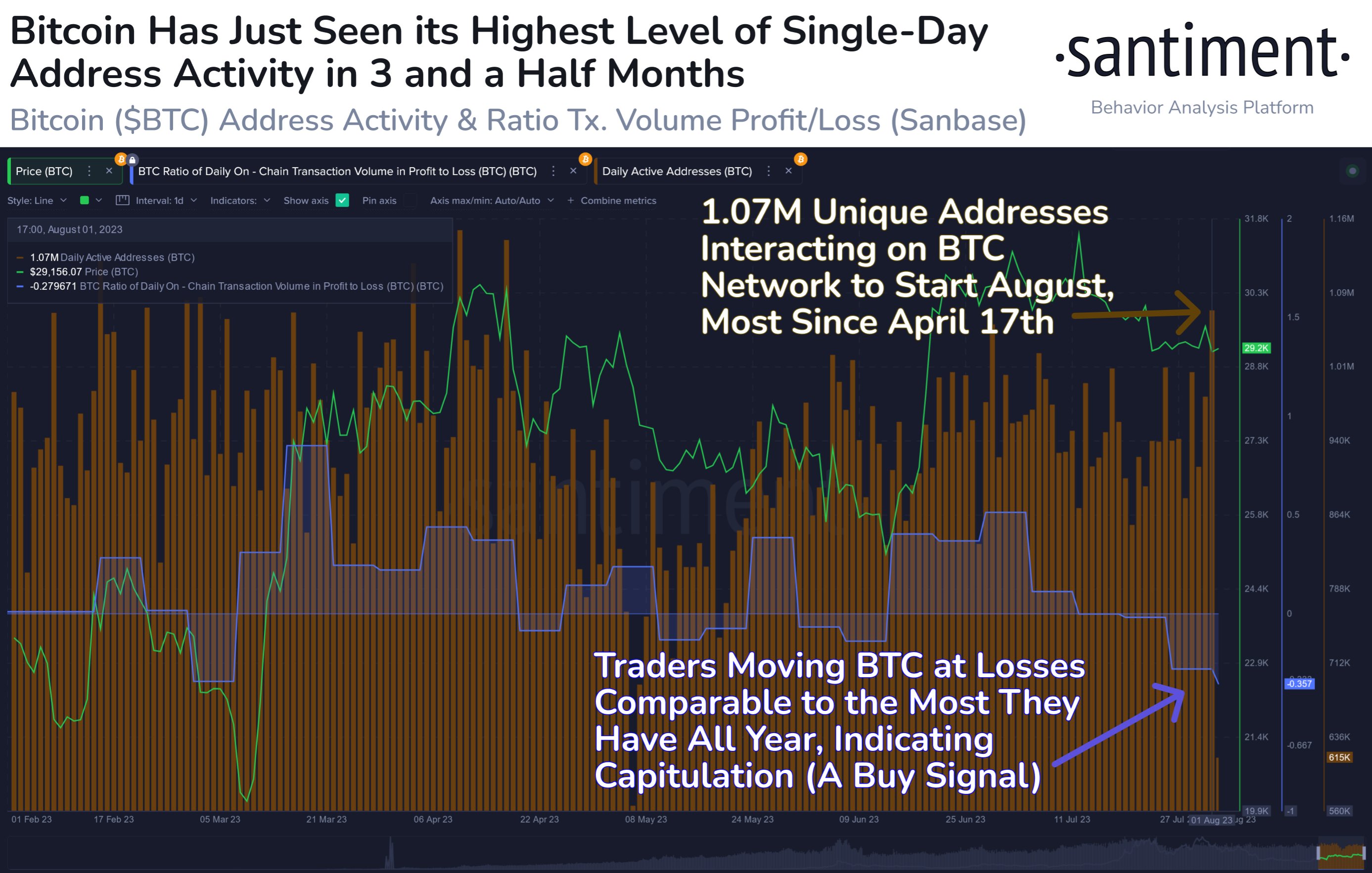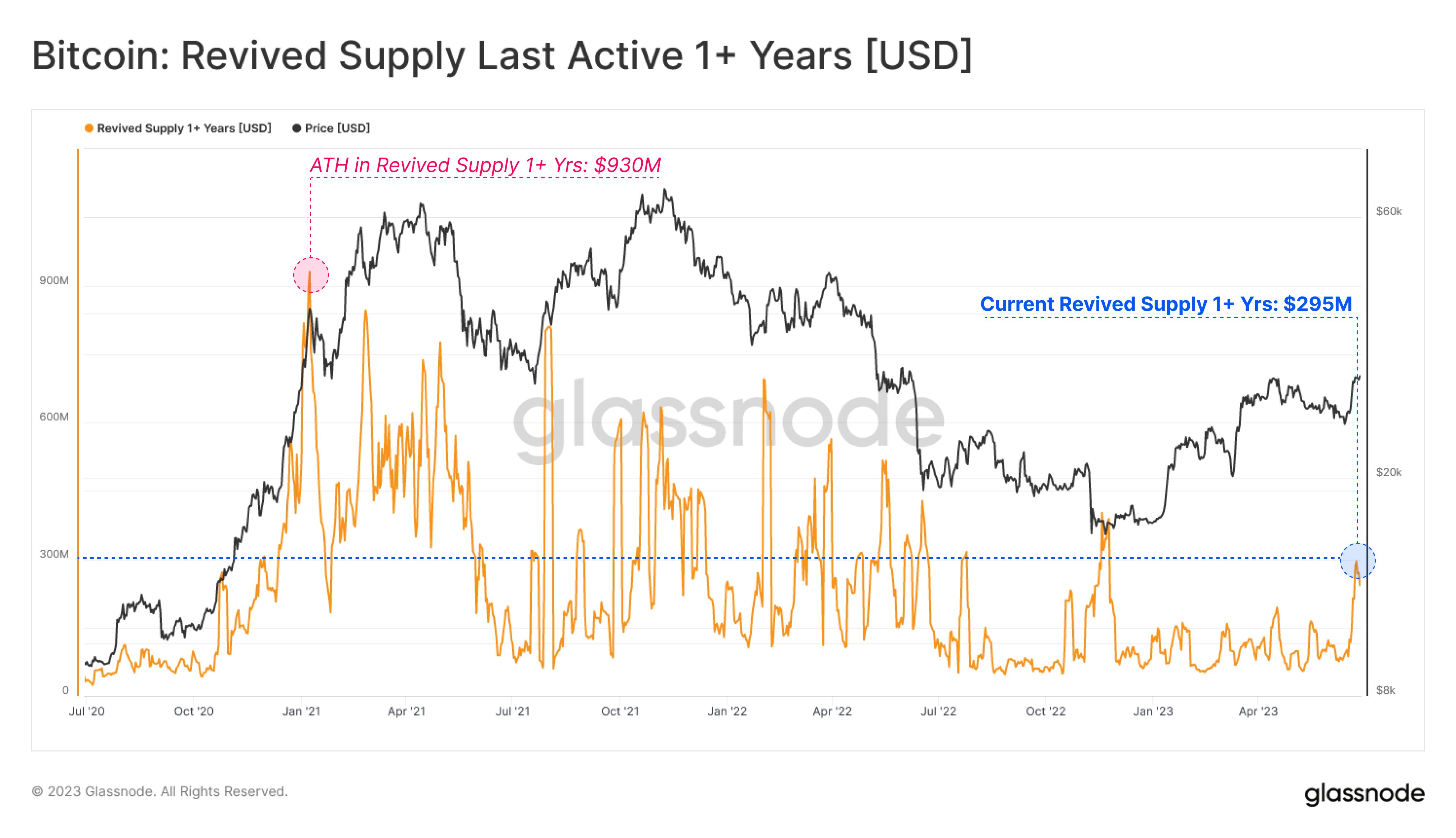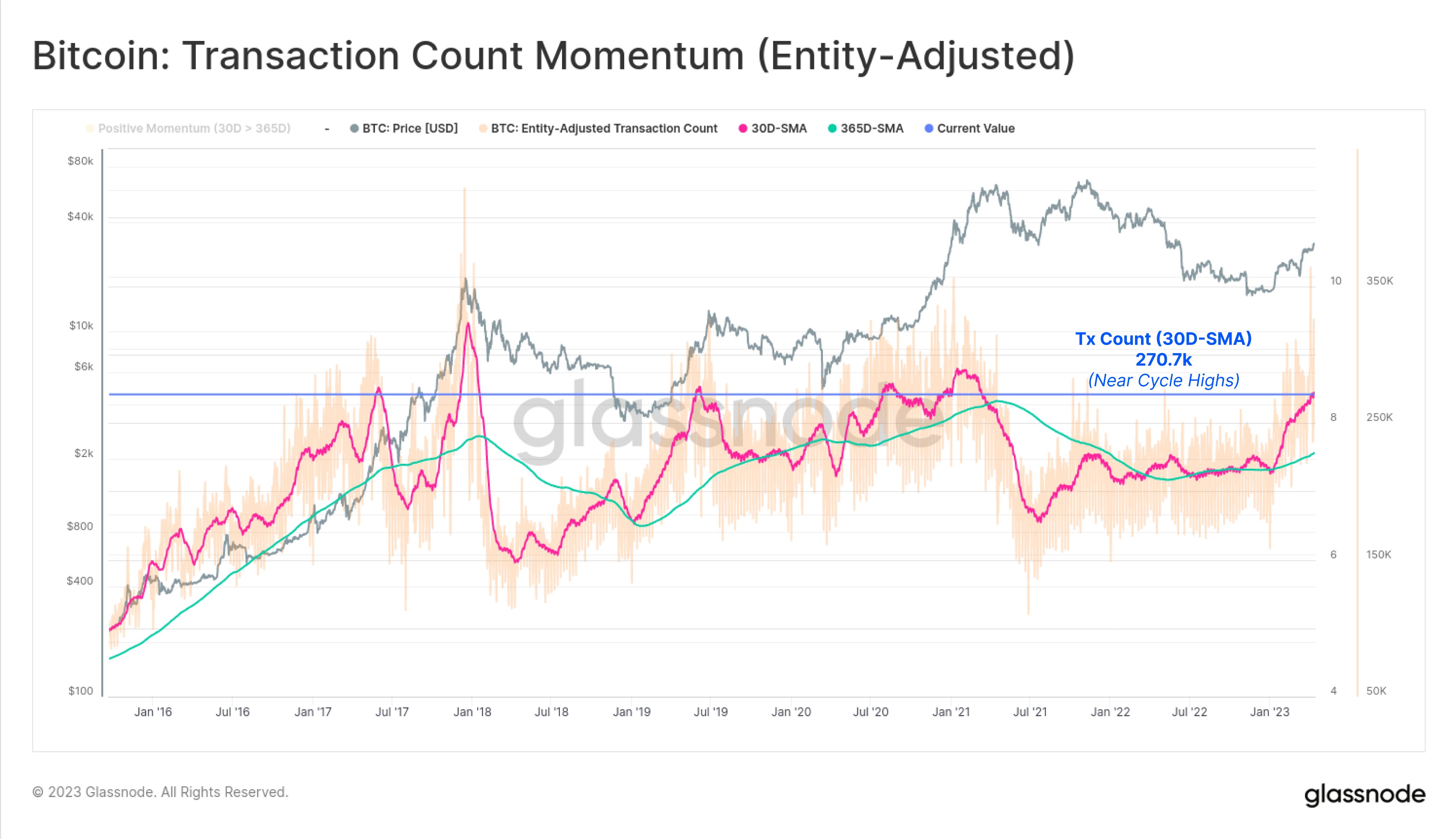2020-5-24 16:10 |
Bitcoin’s on-chain data holds the key to understanding investor behavior. If interpreted correctly, the top indicators can provide investors with an edge in making investment decisions and improving their Bitcoin trades.
In part two of our series on using Bitcoin’s on-chain metrics to record profits, Crypto Briefing offers readers insight into the NVT ratio, the MVRV ratio, and Bitcoin Days Destroyed.
Click here to read part one of this series.
Understanding the MetricThe basis of on-chain analytics is to leverage blockchain network data to circle in on the sentiment of users for a particular cryptocurrency.
Although primarily used for Bitcoin, blockchain data can be used to draw insights for other mature networks like Ethereum, Ripple, and Litecoin.
Altcoin on-chain analytics, however, are beyond the scope of this article.
On-chain indicators are the simplest way to gauge sentiment while maintaining accuracy. Although social media data holds weight in the discussion, it is very easy to skew this data for false positives.
Bitcoin’s most popular on-chain analytics, used by many analysts and investors, include the NVT ratio, MVRV ratio, and Bitcoin Days Destroyed.
These three indicators all track sentiment in different ways. Because of their varying approaches, it is important to first understand these ratios and how to interpret them to get the hang of how on-chain indicators work.
Breaking Down the Top Three Indicators 1. Network Value to Transactions (NVT) RatioThe NVT ratio for a particular point in time is the market capitalization of Bitcoin divided by the dollar amount of BTC that was transacted over the network.
If Bitcoin’s market cap was $150 billion and $2 billion worth of BTC was moved on the blockchain, the NVT ratio would be 75 ($150 billion/$2 billion).
Willy Woo, a pioneer of on-chain analytics, was trying to find the equivalent of the equity market’s price to earnings (PE) ratio when he created the NVT ratio.
$BTC is not in a bubble. Here’s #bitcoin marketcap to USD volume transmitted ratio. Closest thing we have to a PE ratio. Article incoming. pic.twitter.com/OhZo9cExQV
— Willy Woo (@woonomic) February 24, 2017
For the uninitiated, the price to earnings ratio for a company is the market capitalization of a company divided by its total earnings that stand after accounting for all expenses.
However, calling the NVT ratio the crypto equivalent of the PE ratio is inaccurate, as the transaction volume of the network is by no means earnings. If anything, it is closer to the price to sales ratio, which is the market cap of a company divided by its total sales/revenue.
Semantics aside, the predictive power of the NVT ratio is visible during certain situations.
When users move coins, it is recorded on the Bitcoin blockchain. If this is happening en masse, the denominator (dollar amount of BTC moved on the network) of the NVT equation increases, which causes a slight reduction in the ratio.
At this point, if BTC is being moved to exchanges to sell, it will cause price and market cap to fall. Since the NVT ratio equation now has a lower numerator (market cap) and a higher denominator (total transaction value), it causes the NVT to fall, bringing it close to a sell.
The core thesis of the NVT is to buy these dips after exuberant selling when the Bitcoin market is poised to recover.
For example, let’s say the NVT ratio is 75 ($150 billion market cap, $2 billion of on-chain transaction volume in a day), and then investors slowly start to move their BTC, causing transaction volume to rise from $2 billion to $4 billion. In this scenario, NVT decreases to 37.5 ($150 billion/$4 billion).
Now, if the BTC moved is being moved to be sold on an exchange, it will affect the market cap. Assuming the market cap goes down from $150 billion to $110 billion, the NVT ratio is now 27.5.
But if it’s being sold via an OTC desk, the market cap remains unchanged. However, the NVT ratio has still declined, which explains why market cap alone is not an accurate proxy to truly capture sentiment.
Per the indicator, there are “buy” and “sell” bands. These bands are dynamic and are adjusted based on historical prices.
If the NVT hits the “buy” band, it signals that Bitcoin is currently undervalued and vice versa.
As per this chart, it becomes obvious that the NVT has significant predictive power during times of exuberant buying or selling.
2. Market Value to Realized Value (MVRV) RatioThe MVRV ratio was conceptualized by Willy Woo’s partners at the erstwhile Adaptive Capital, Murad Mahmudov and David Puell.
MV, or market value, is the market capitalization of Bitcoin at a given period of time. RV, or realized value, is a measure of each BTC valued at the market price when it was last moved.
Assume Alice bought one BTC at $7,300 and Bob bought two BTC at $8,900. When the market price of BTC is $8,000, the market value of their cumulative holdings will be $24,000, but the realized value will be $25,100.
Mahmudov and Puell divided market value by realized value and found a natural range between 1 (where MV = RV) and 3.7 (where MV is 3.7 times higher than RV). Above 3.7, Bitcoin was overvalued; below 1, Bitcoin was undervalued.
When MVRV increases, it means that market cap is growing, but longer-term investors with significant stacks of BTC are not taking profits on their investment yet. When MVRV reaches the overvalued threshold, investors start to sell; increasing realized value and decreasing market value.
Source: Murad Mahmudov and David Puell
The essence of realized value is to track each BTC and multiply by the price of BTC when it was last moved. This creates a more realistic take on Bitcoin’s valuation, as the millions of lost coins are weighted at zero or a very low amount.
Other than marking out lost coins, realized value also tracks the behavior of HODLers who buy and hold BTC for long periods of time.
Comparing this with market value offers insight into how long term investors are behaving.
If MVRV is increasing in an uptrend, long term investors are still holding onto their positions. If MVRV is decreasing in an uptrend, long term investors are taking profits on their positions.
This serves as a good signal to take profit on BTC holdings.
3. Bitcoin Days DestroyedEven in the early days, Bitcoiners understood that transaction volume alone was a misleading data point. A single entity could be sending the same 10 BTC back and forth from a pair of addresses to skew the data.
To combat this, a member on BitcoinTalk proposed a metric called “Bitcoin Days Destroyed.”
This tool offers a way to measure real transaction volume growth, as well as a means of interpreting what this transaction volume means.
Bitcoin Days Destroyed assigns a higher weight to coins that haven’t been moved in a long time.
For example, if someone buys 10 BTC on Jan. 1, 2020, and moves it to their wallet on Jan 10, 2020, it will represent 1,000 Bitcoin Days Destroyed (10 days x 10 BTC).
Source: Glassnode
Before a lot of BTC is sold, it has to be moved from investor wallets to either an exchange or to an OTC desk. The Bitcoin Days Destroyed metric captures this.
Usually, there’s a large spike in Bitcoin Days Destroyed after price makes a top or bottom.
As a result, it is helpful in identifying a trend reversal by keeping tabs on investor behavior.
On-Chain Data Is a Supplementary ToolAll three indicators described in this article index market sentiment using different sources of data.
The use of on-chain analytics can add an edge to any investor’s toolkit. While it is not recommended investors rely on them as a primary reason for making investment decisions, the efficacy of these indicators cannot be denied.
Profit-taking signals come earlier than the top, for instance, so it’s important to actively monitor the indicators in tandem with BTC price. During bubbles, Bitcoin tends to ignore data and ride a wave of irrational exuberance.
On-chain analytics have made their way past Bitcoin and into the broader cryptocurrency landscape, but limited data for most altcoins makes this toolkit less effective.
All the fear and uncertainty caused by coronavirus has brought about many exciting investment opportunities in crypto over the past few weeks. Let the experts from our research team help you find the best crypto investments and trade ideas.
SIMETRI is a suite of easy-to-use research tools—including investment reports, trade recommendations, email alerts, and a live trading dashboard—to help you make profitable crypto investments.
The post 3 More On-Chain Metrics to Upgrade Your Bitcoin Trading appeared first on Crypto Briefing.
origin »Bitcoin (BTC) на Currencies.ru
|
|
























